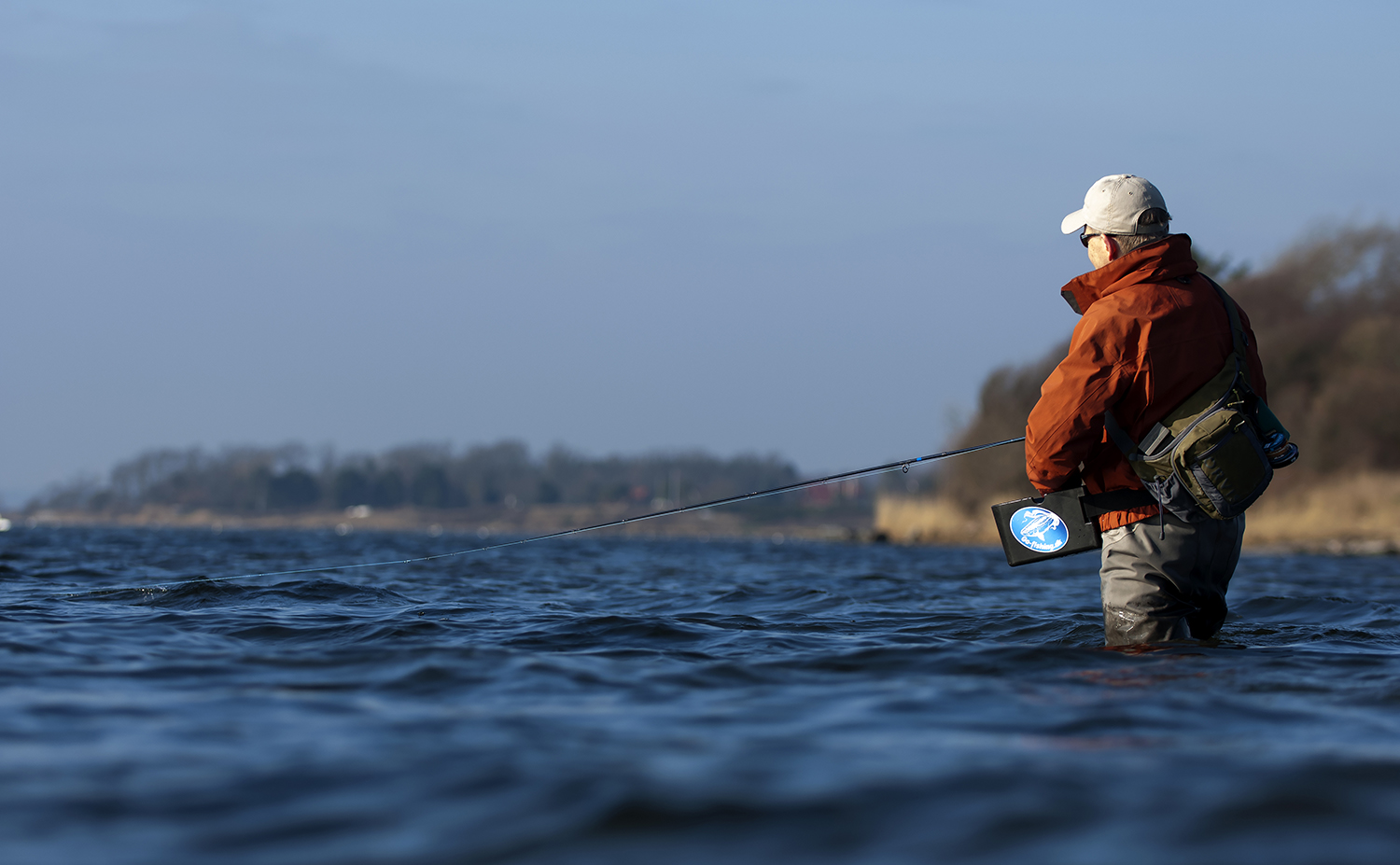
If you live in Scandinavia, and fish for sea run brown in the salt, you’ve heard of Claus Eriksen – well known, some would say legendary, Danish sea trout fisherman.
Claus is the managing director of the shop Go Fishing (www.go-fishing.dk), and also co-star in the fantastic film series by Niels Vestergaard, Sea Trout Secrets. The much anticipated no. 7 and 8 in that series were released in April 2019.

The films contain loads of knowledge, tips and tricks, but we were quite intrigued by Claus’ foam flies and the way he fishes them. If you’re interested in seeing exactly how Claus uses his foam flies, you can rent or buy the film online (see more below). But we felt that something important had been left out – how Claus ties his foam fly for sea trout in the salt. So we benched him in front of our cameras and let him loose, and here’s the result. In this film Claus shows how to tie the fly, and tells in depth about why it’s tied the way it is.
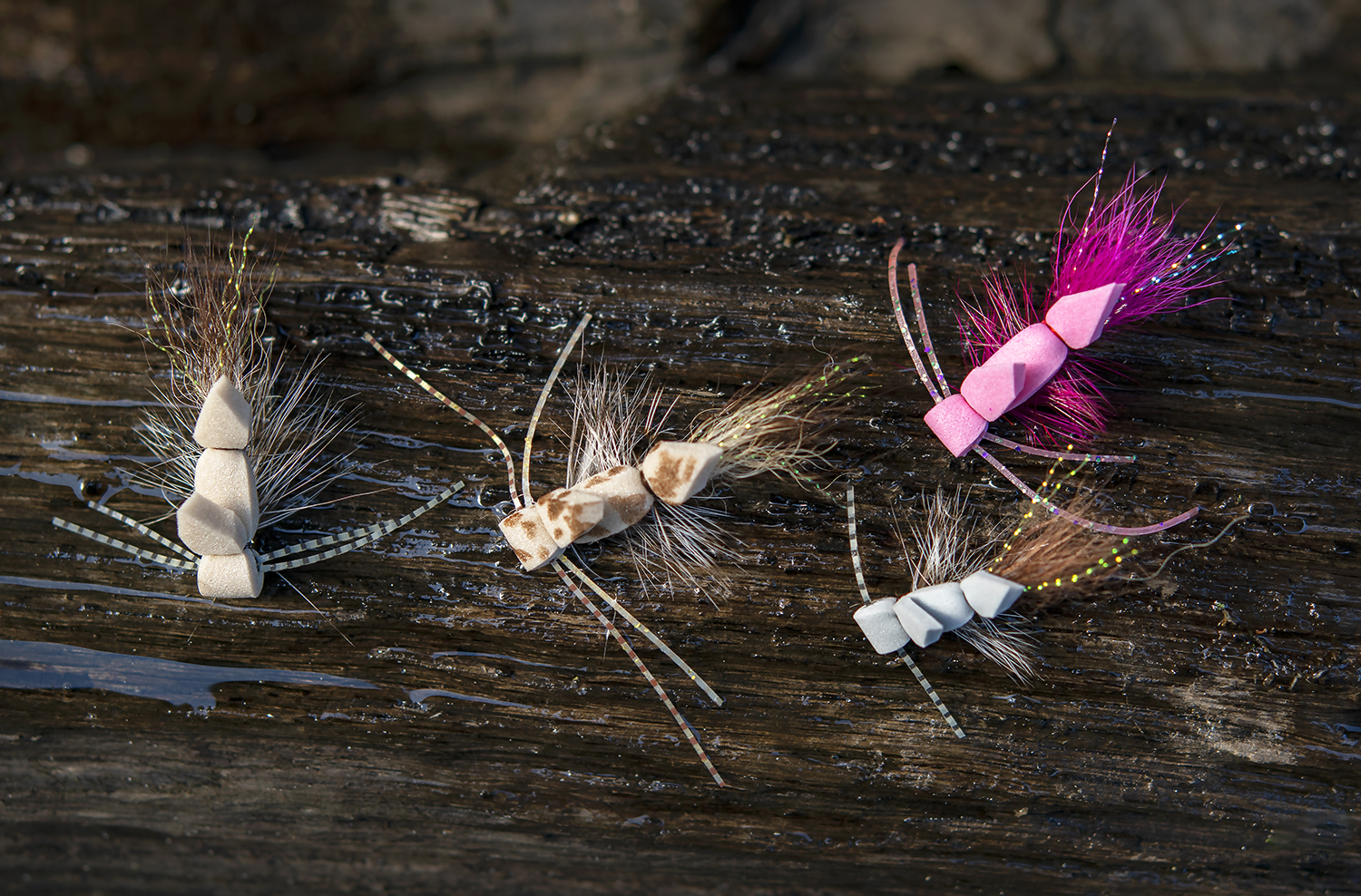
We sent a few follow-up questions to Claus.
You state in the film that the foam flies are as effective as “ordinary” flies. Do you really mean that a day with foam flies only will produce the same number of fish as a day with “ordinary” flies?
“Yes, definitely. Numerous trips where I’ve used foam flies, and my friends ordinary flies have shown that they catch more or less the same. I’ve also tried fishing a stretch and getting a number of contacts, where fishing the stretch afterwards with a shrimp fly gave no contacts. This means that the fish that were actively feeding reacted well to the foam fly. But I’ve also had fish interested in the foam fly that didn’t hook up, which I was able to catch afterwards on a small shrimp or scud. There is an extra bonus with the foam fly. Each and every fish interested you see – that doesn’t happen with subsurface flies. And I’ve often been surprised at how many fish react to the flies without really taking them. So in general I often experience more action with a foam fly than I do with subsurface flies.”
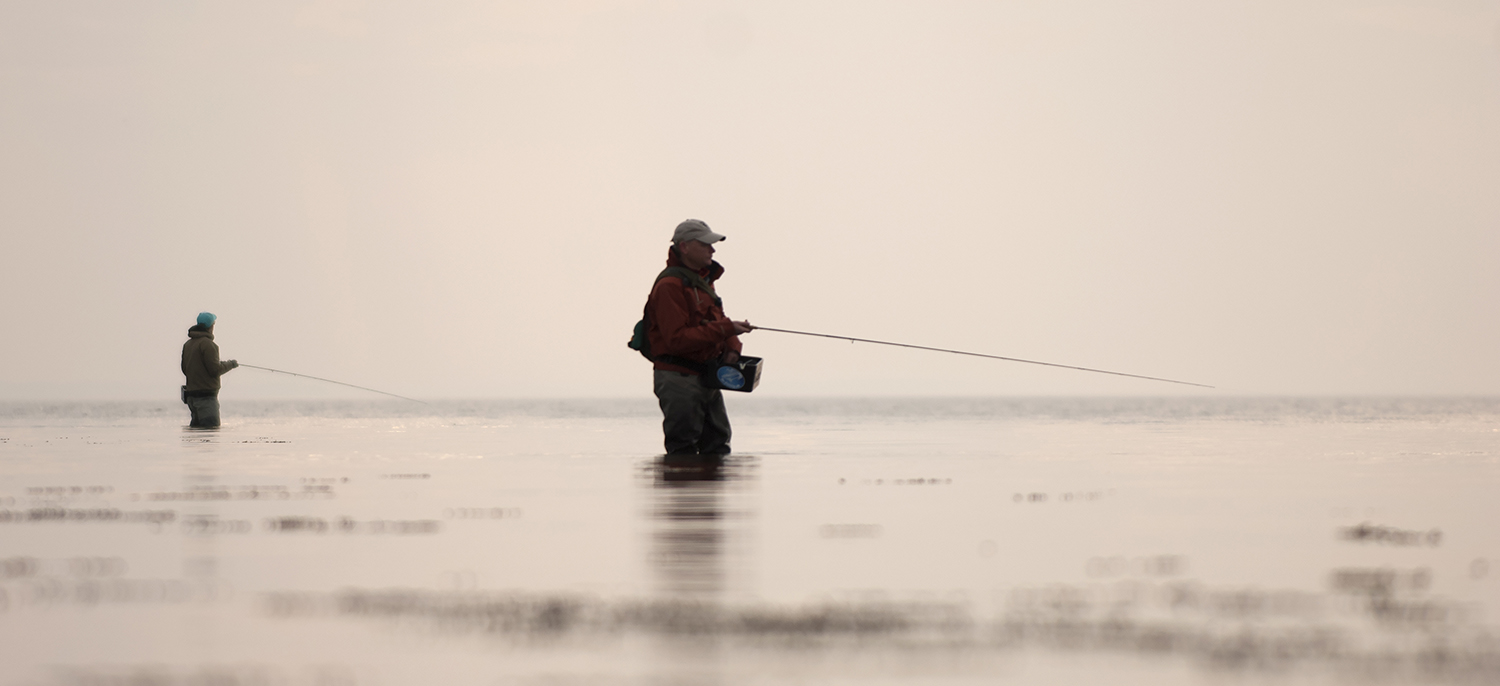
In Sea Trout Secrets 8, you show that the foam flies can be effective all year round, in waves, in calm water, but are there circumstances where you are more liable to tie on a foam fly?
“The thing is that the foam fly produces good experiences all the time, because you see everything. That’s important to me, and so I want to be able to see the fly the whole time. So even though it works, I rarely use them in waves, I mainly use them in calm or flat, riffled water. I’ve caught sea trout on foam flies all year round – even along an ice edge in February. But they are best when the water temperature climbs above 10 degrees C, because the fish are extremely active at this temperature.”

In our fly tying film, you stress the point that you see your fly more as a type than a set pattern. Despite floating under all circumstances, and being as durable as possible, are there features you’ve worked specifically to enhance?
“A foam fly must stay afloat when stripped across the surface. The double layer of folded back foam helps secure this, and I find it important that the foam is folded and doubled rather than a double layer cut square., which tends to result in a fly that dives and spins. The rubber legs are there to provide movement.”
You tie the fly on hooks as well as on tubes. In Sea Trout Secrets 8 you demonstrate the special montage used on the tube, and why it’s effective when combined with a small treble. Do you find that the tube and treble give more hooks-up than the hook?
“Days are different. Most days the takes are very positive and there’s really no difference between the two. But on some days the sea trout seem more cautious and take short. On those days the tube fly version is definitely better. The tube does have one disadvantage since the treble sometimes catches on the foam and tangles the whole setup, so I prefer using the fly on a hook..”
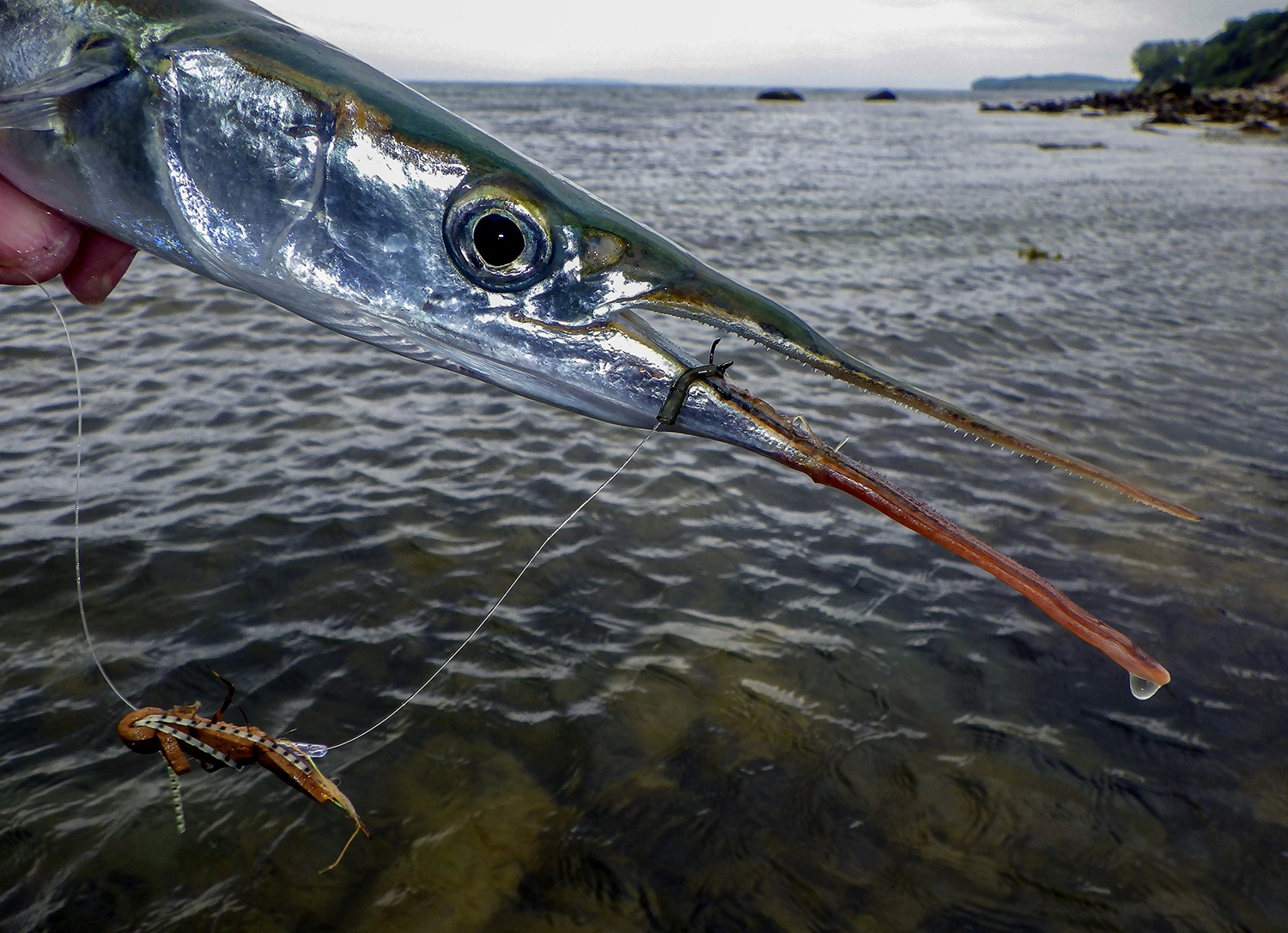
When we’re out there, it’s not as if we constantly see shrimp, sculpin and other prey in the surface, and certainly not pulling a small wake and pushing airbubbles like your foam fly. Do you think the sea trout take the fly for something specific, or is the take a result of opportunistic foraging?
“The foam flies are simply meant to imitate someting edible – nothing in particular. Sea trout are curious creatures and they are triggered by the disturbance on the surface – just as when a salmon rises to a hitched fly.”
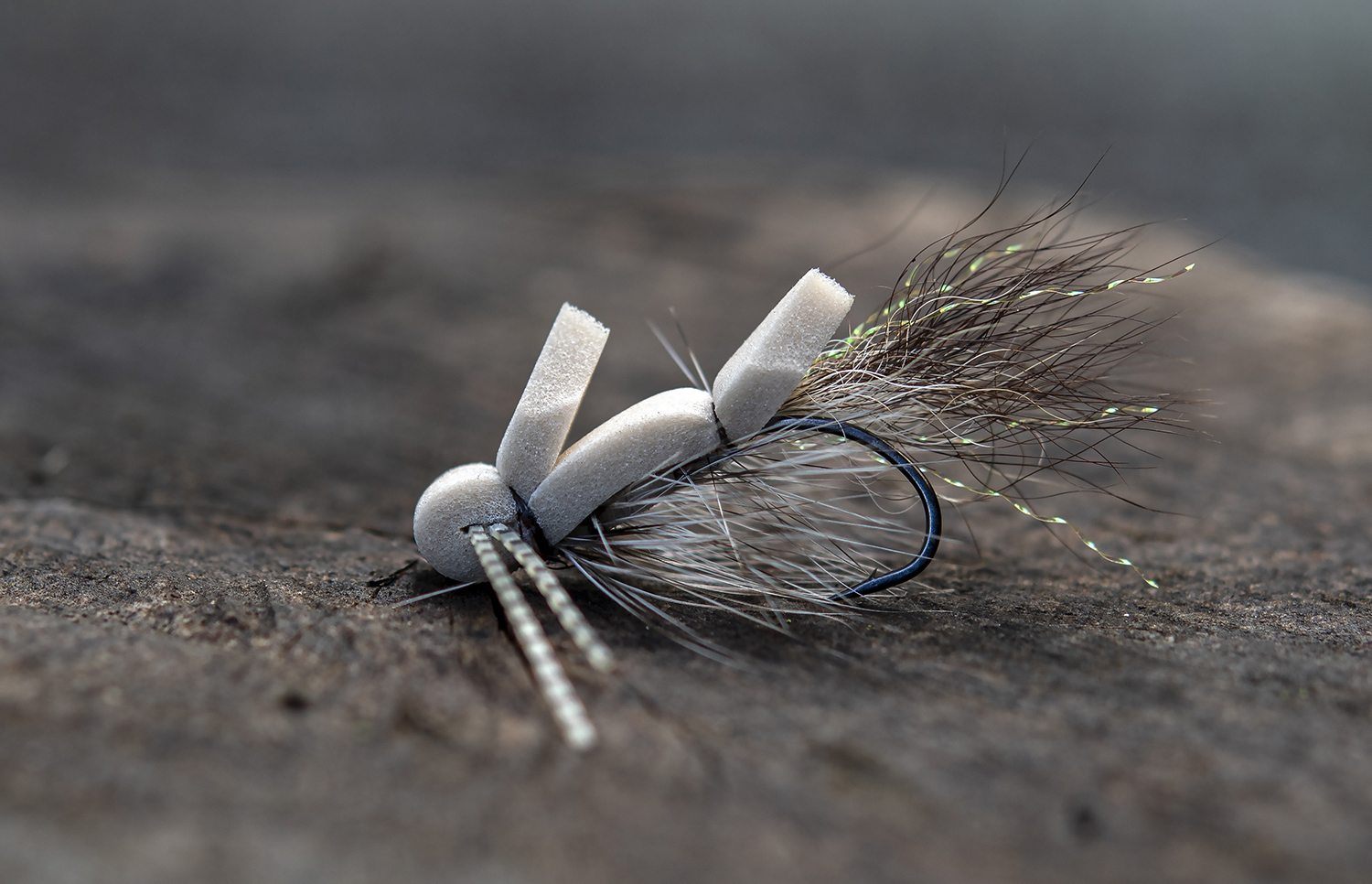
Are there special features along a coastline that will trigger you into tying on a foam fly? The initial thought is of course that they are effective over shallow water, but what are your experiences? Are they also effective over deeper water?
“They will catch sea trout everywhere. In the beginning I primarily used them over shallow water, but today I use them everywhere. From shallow water in the fjords and inlets to deeper water on the open coast with strong currents. I don’t think there are any limitations. Fishing foam flies is a choice. It’s hardly any better than subsurface flies, but definitely not worse either. But it’s far more fun and far more intense. You see everything and for the method to be really effective, you need to be constantly aware of the fly, keeping an eye on it all the time. That’ll sometimes make you weary after watching the fly dance, cast after cast for a long time. I simply change to a subsurface fly and fish that for a while to give the eyes a rest. Then it’s back to more foam-fun.”
If you want to see more of Claus fishing foam flies, check out Wide Open Outdoor Film’s website: http://www.wideopen.dk/video-demand-vimeo/
Here you can rent or buy Sea Trout Secrets 8, or indeed any of the other innovative films made, filmed and produced by Niels Vestergaard.
Thank you, Claus – for joining us for a day of filming and for answering these follow-up questions.
